Right now, all the focus might be on Ferrari’s 296 GTB, offering a V6 for first time in the modern era. However, close to 60 years ago Enzo and his team already developed a great V6-engined sports car.
Words: Wilhelm Lutjeharms
We are truly spoiled for choice today. If you want a Ferrari sports car, you can have one of their (very good) "bread-and-butter" cars, or you can purchase one of their limited-edition exotics. Then there is also the option to join the Corse Clienti program where you can indulge in the track-only, race and F1 cars. All these different portfolios have grown over the years. Today Ferrari offers a variety of drivetrain options, from a V6 hydrid, V8, V8 hybrid and thankfully still a V12.
But this diversity has almost always been the case with Ferrari - even during its earlier years Ferrari developed four-cylinder and in-line six-cylinder engines in some of their race cars as well as V12s.
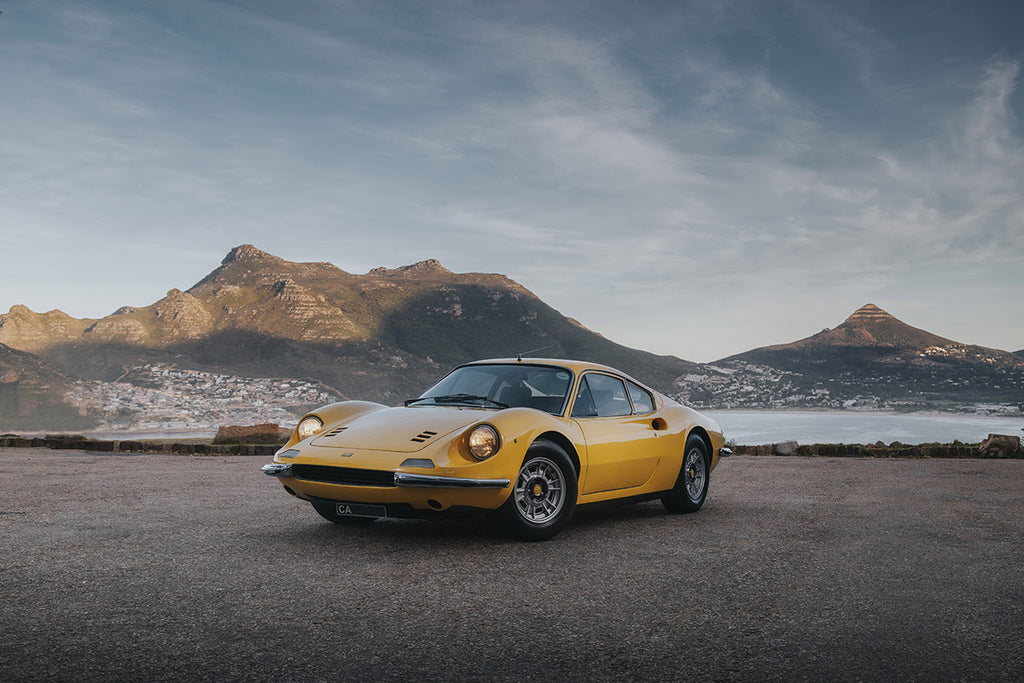
However, in 1965, Ferrari released a car and decided to name it after Enzo's late son (Alfredo, nickname Dino), who passed away at the young age 24 in 1956. Already earlier, he named the V6 engine after his son, who suggested a V6 engine for F2 racing. The result was that eventually the Dino 206 GT sports car was launched.
Only 152 of these lightweight sports cars were manufactured before the model was upgraded to the Dino 246 GT. The result was an increase in engine capacity from 2.0-liters to 2.4-liters, while the bodywork was also different. Looking at pictures you may find the differences difficult to spot, but when an expert points them out, you're almost surprised at how obvious they are.
Many Ferrari enthusiasts scoffed at the idea of a V6-engined car that was never officially named a Ferrari, but "only" Dino. That would be a mistake, as this is a fully-fledged prancing horse in the same way as any other car that has been adorned with the Ferrari badge.
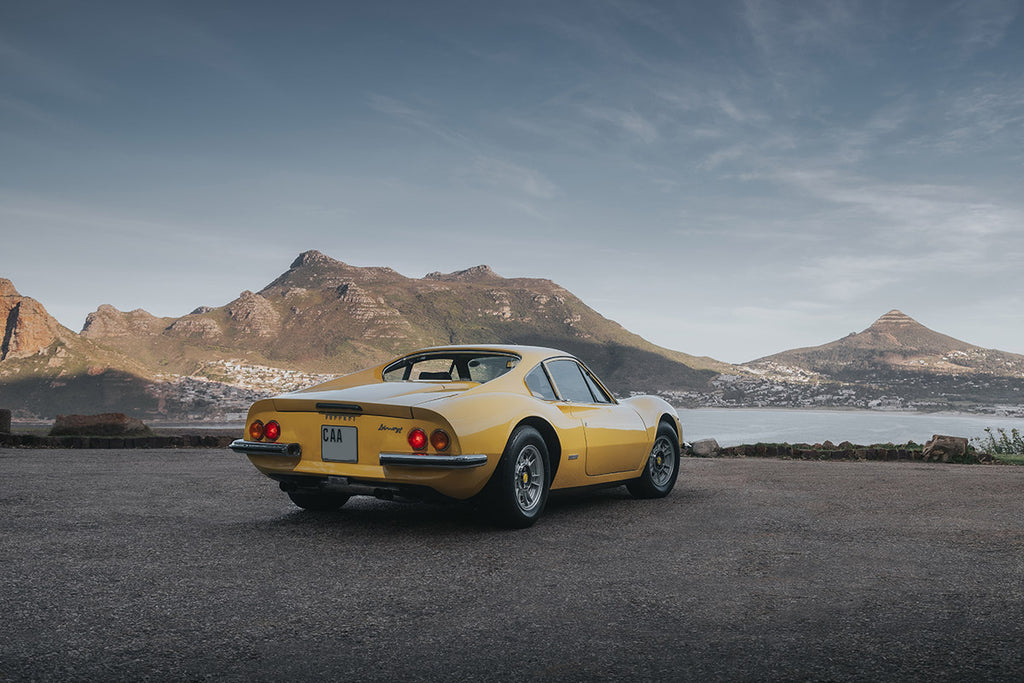
Secondly, as mentioned, Ferrari has always been known for developing a variety of engine configurations, so it matters little how many cylinders are powering the rear wheels. Just before sunrise on a mild Cape Town morning, Graham Webb pulls in with his 1971 Dino 246. In terms of classic Ferrari owners, he is on the younger side, being only in his mid-30s. However, during our conversation it is clear that he already had an appreciation for classic cars since he was a young boy. It helped that his father was, and still is, a complete petrolhead and exposed him to cars from a young age.

“The first time I saw the car was when I was 19. That was also the first time I met Dicken, the previous owner. But, I think at that stage everybody wanted to buy the car from him. He told me to save up the money and then one day we could talk. It is a very unique-looking car, and that is what drew me to it the first time. I wouldn’t say I’m not into fast cars, but I lean more towards the appreciation of elements like the sound and the feel of the car, as well as the mechanical nature of them. I’m precious about my cars, but at the same time I like to use them.”
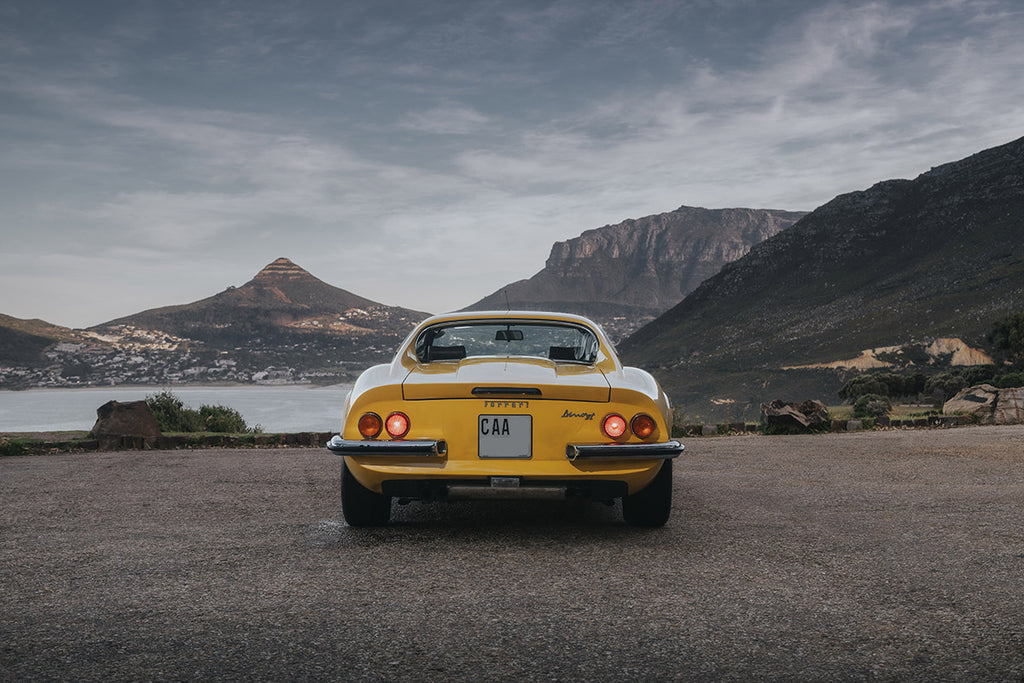
Graham admits that in the near future the car will need some serious attention and possibly a complete restoration. It is during this process that he plans to take it back to its factory blue colour. Design is objective, but the Dino’s proportions... its elegant and soft lines are simply gorgeous. The flowing lines cover a compact shape that screams '60s sports (and race!) car. The fat tires (205/70 14-inch) are also an immediate reminder of its age while the two neat exhaust pipes are an indication that there must be some level of performance under the rear engine cover.

Graham is eager to hand me the key and having driven a 206 GT, I am particularly keen to sample the "updated" version. As I turn the small chromed lever (so tiny and neatly hidden) to open the door, I get into the very tight cabin. When I close the door, I immediately feel cocooned in the car and very much an integral part of it. My knees do point up a little, past the steering column, but that is part of the experience of several '60s and early '70s sports cars. The seat base is also very close to the floor, the result is that you sit very close to the ground but the positioning of my feet on the pedals is fine.
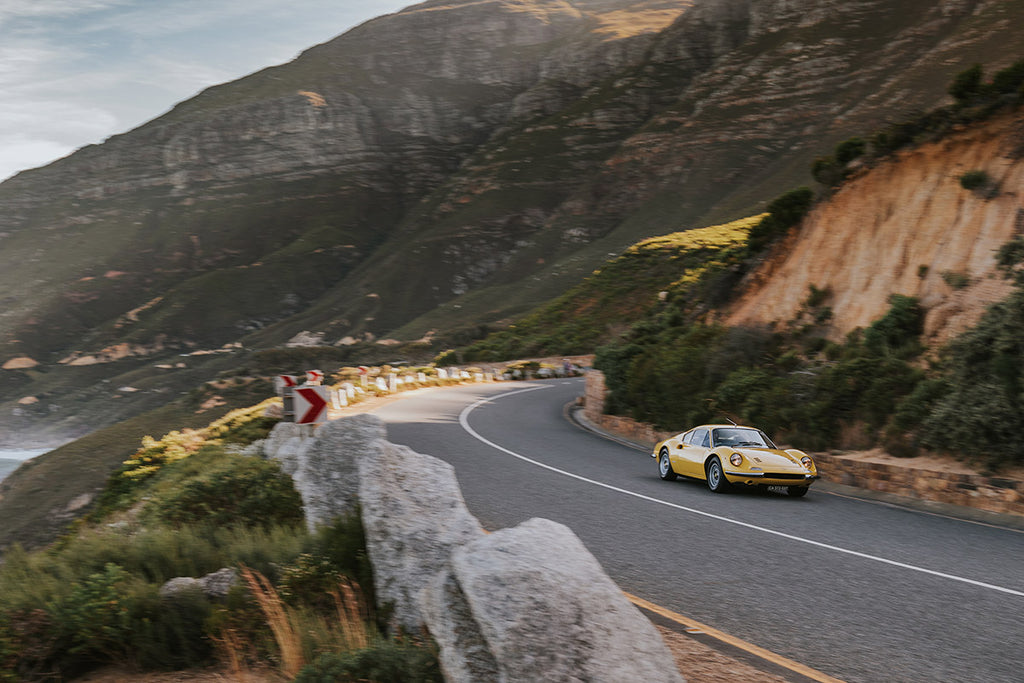
The steering wheel rim does block the final couple of thousand revs on the tachometer, but I soon get used to listening to the engine or peek around the ‘wheel to see the needle climb. The seat offers some adjustability - it can be moved forwards or backwards on the railing. It is helpful that the classic three-spoke steering wheel is large, because at parking speeds with no assistance, you need some muscle and leverage to turn the wheel. However, the moment the car starts to move little effort is needed.
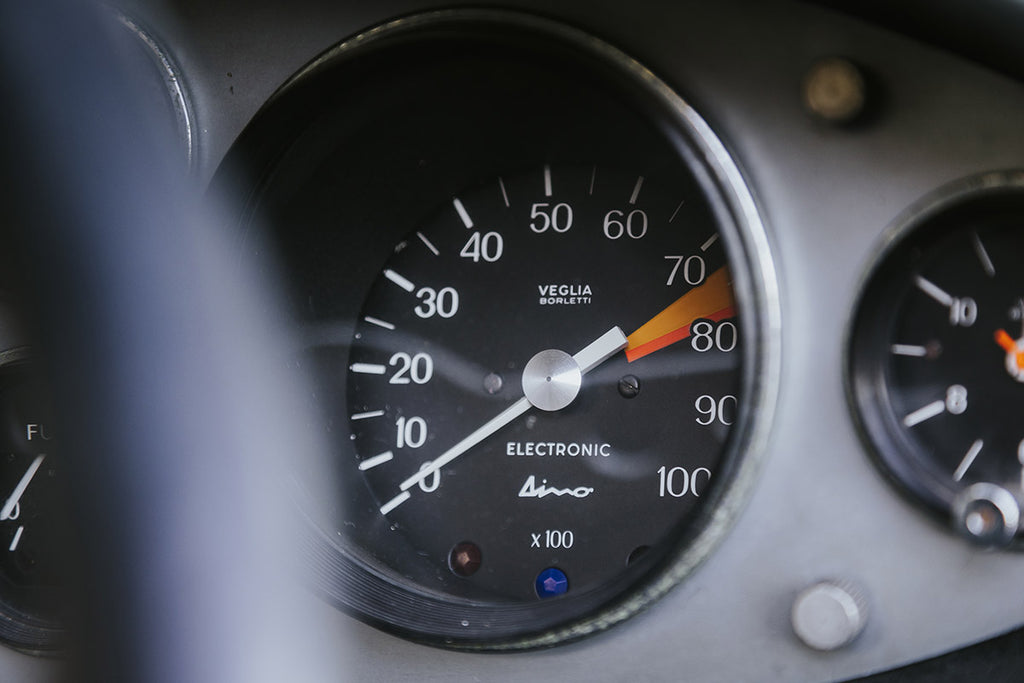
As I pull off and make my way around the number of corners that litter the picturesque Chapman’s Peak Drive outside Hout Bay, it is the view through the windscreen that immediately draws me in and is also one of the highlights of the driving experience. There is the smooth dip in the middle of the body towards the nose of the car while the beautiful fenders covering the front wheels perfectly indicate to you where each wheel is situated. It immediately made me think of the view racers must have had when piloting the racing versions of these cars during its era.
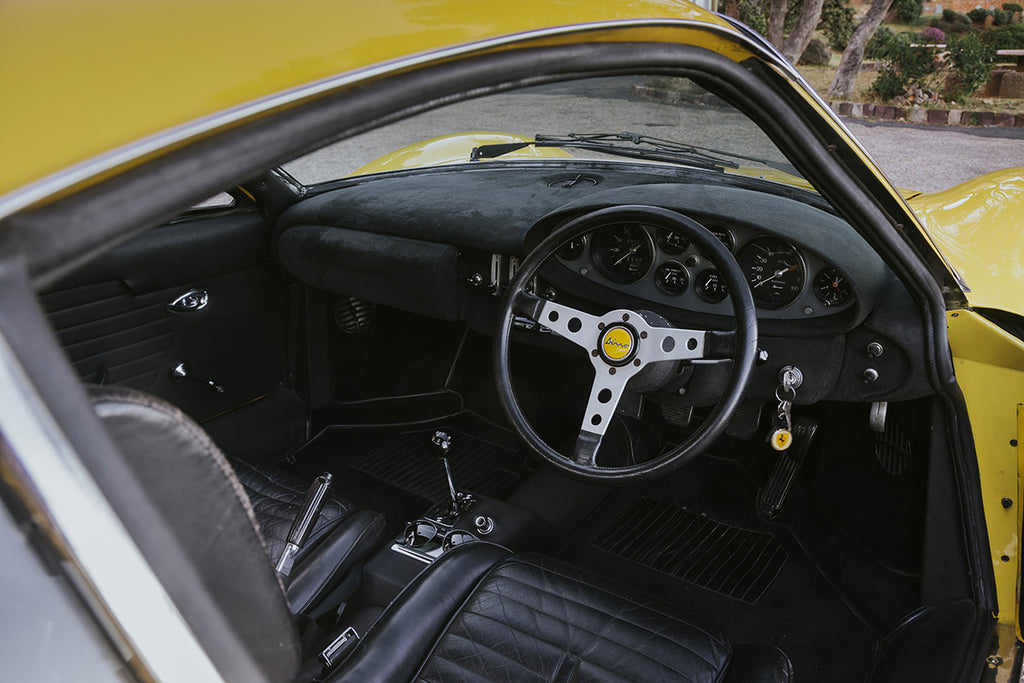
The gearshift is direct, although you do need to give it a proper push for the gears to engage, which could also indicate a gearbox needing a rebuild in the future. Apart from that, the throw is relatively short and the lever close by, at times touching my leg. As with any classic car, the drivetrain benefits from a short blip of the throttle between gears and... why wouldn’t you, it is such a pleasure to do! There is a relatively deep exhaust note, not as melodious as that of singing V8 or V12, but definitely fruity. There is also little inertia in the way the engine picks up speed, further contributing to the eagerness with which you want to drive the car.
The unassisted steering system also provides a good level of feedback and you are at all times aware that you must steer the car with proper input through the ‘wheel. The brake pedal needs a decent push, but not more than I anticipated. It lowers the speed of the car quite efficiently. That is the beauty of a car tipping the scales at round 1 100 kg... the brakes don’t have to work hard, while the bigger benefit can be felt when you start to go through the corners. The Dino feels instantly light and nimble. Direction changes come naturally to the car, even though it is more than 50 years old and rides on plumb tires. You feel as if the car will never catch you out or surprise you in terms of its handling.

I first rev the engine to about 4 500 rpm, being quite impressed by the torque on offer. But later I keep the throttle pinned for a little longer and the engine is only too happy to rev past 6 000 rpm towards 7 000 rpm. There is no tapering off of the rate at which it revs, and from here on you can’t help but rather let the engine race higher before you change gears. There is also the engine sound to be enjoyed as it passes 5 000 rpm.
Don’t rush a shift though, but once the next gear is engaged, you can enjoy the acceleration and try to find that balance of the car through the next corner. It is such a vastly different experience to today’s modern cars that it almost made me wish that I got to experience this era of cars in period. I find myself constantly thinking about the experience on hand and not about whether the Dino will connect quickly enough with my smartphone!
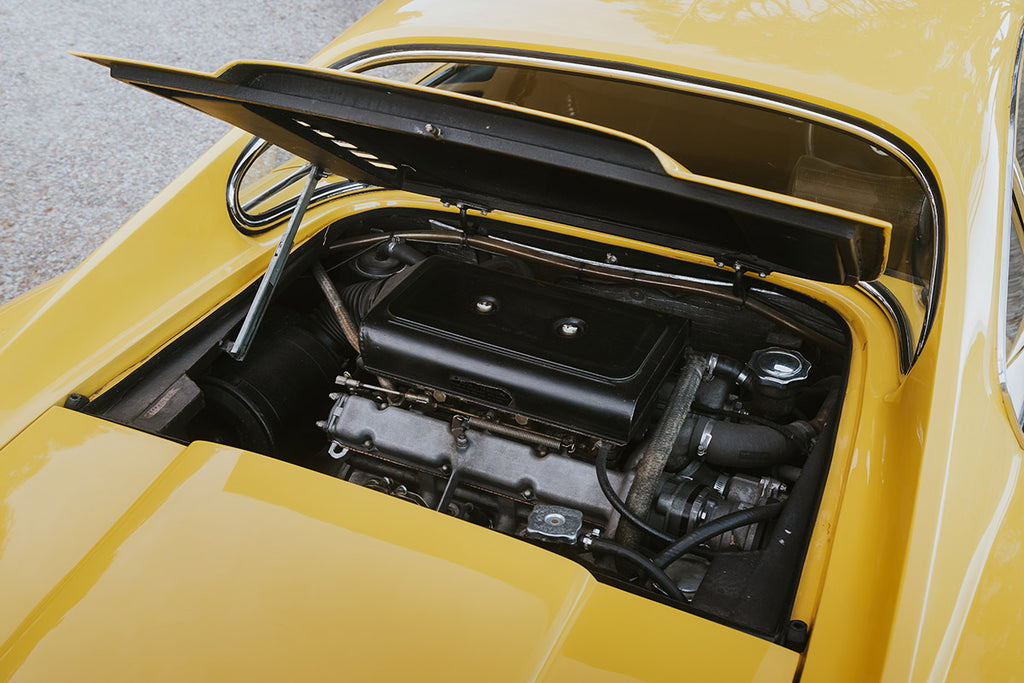
I enjoyed this car as much as I did the 206 GT. One will have to drive them back-to-back for a clear and informed decision. But, in essence they give the same experience. It rates as undeniably one of the purest classic sports cars drives I’ve had. This is owing to a combination of factors. From the Dino’s small footprint on the road, a compact engine and a driving position (although not ideal) that puts you at the front of the car and gives you a perfect view over the short nose that allows you to place the wheels perfectly on the road. I’ll admit, another reason I’m drawn to this car is just the romantic thought of the Italian masters shaping this car back in the 1960s. Modern cars are somehow "detached" from real life.
Driving here this morning was a little hard work, but so engaging and refreshing. It is hard to argue Graham’s words. I will pick this car above a number of other – more powerful – Ferraris of the same era and probably even from a few Ferraris that followed after the Dino. Dare I say it, but this is Ferrari’s Lotus, a true lightweight sports car, which gives a rather impressive experience from behind its thin-rimmed wheel. It is a winner.
Specifications:
1971 Dino 246 GT
Engine: 2.4-litre, V6
Power: 143 kW at 7 600 rpm
Torque: 225 Nm at 5 500 rpm
Transmission: 5-speed manual, RWD
Weight: ±1 100 kg
0-100 km/h: n/a
Top speed: 235 km/h

